Wildfire Smoke and Children; Keep Your Little Ones Safe
Well, the fires are back, with the McKinney Fire the first big intruding one in the Northern California/Southern Oregon area. While of course the immediate aftermath may bring evacuations and emergency help to those directly in the way of the fire, fires have more than a direct affect…in fact, like smoke after a fire, effects and after-effects linger.
We have written before about heat protection for farm workers, but today CRT would like to bring children to the focus. The fact is, children are particularly vulnerable to exposure from wildfire smoke. This is because children breathe more air relative to their size, and are more active than adults (just take a look at a playground sometime). In addition, they are still growing and developing.
You’ll want to keep an eye out for sign of over-inhalation. The health effects of wildfires on children can include:
Chest tightness or pain
Shortness of breath or trouble breathing
Coughing
Burning or stinging of the nose, throat,and eyes
Feeling dizzy or lightheaded
What to do? If there is poor air quality from wildfires during a heat wave, prioritize safety from heat as it can be an immediate danger. If your home does not have air conditioning and it becomes dangerously warm inside the house, consider finding a local cooling center to keep safe from both poor air and heat.
The main thing, however, is that you’ll want to stay indoors to minimize smoke exposure and improve indoor air quality. You can do this by:
Closing all windows, doors, and any other openings.
Setting your air-conditioner to re-circulate if possible and avoid activities that can worsen the indoor air, such as cooking on a stove or vacuuming.
If you have central air or heating, replace the filter with one rated MERV13 or higher. Whether or not you have central air, consider a High-Efficiency Particulate Air (HEPA) filter or other room air filtration system. Never use an air filter that generates ozone.
If you’re in a car, keep windows closed. Turn the air-conditioning to re-circulate. Replace air filters according to your vehicle maintenance schedule.
Wherever you are, keep track of air quality. You can check on local air quality levels using airnow.gov or PurpleAir and search by your ZIP code. (For more detailed local data you can look at the map at fire.airnow.gov). More information on the air quality index is available here: https://www.airnow.gov/aqi/aqi-basics/.
Please keep in mind:
When the Air Quality Index (AQI) is greater than 150, outdoor activity should be minimized and athletic and physical education stopped for all children until air quality improves. For younger children, or those who are particularly sensitive, these activity recommendations may apply at lower AQI levels. When an air emergency extends beyond a few days, these actions should be considered at lower AQI levels.
Children with breathing problems such as asthma are at increased risk. They should stay in a clean-air environment and be kept indoors until air quality improves. Watch for signs or symptoms of harmful health effects, listed above. Children having these symptoms whose usual medications are not helping should be taken to a nearby medical facility, despite the risks of traveling.
As fire rears again, let’s be mindful of children, among our most vulnerable…and valuable…group.
